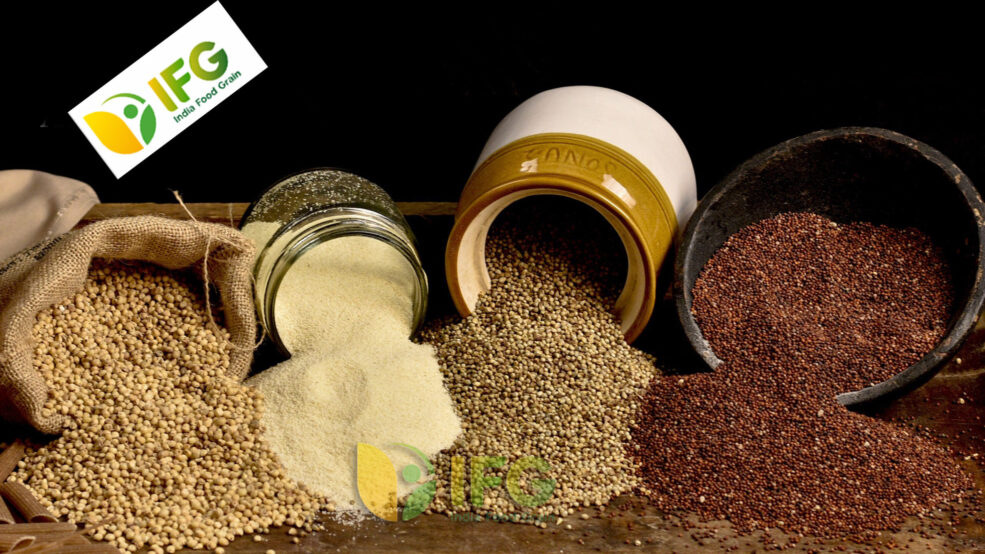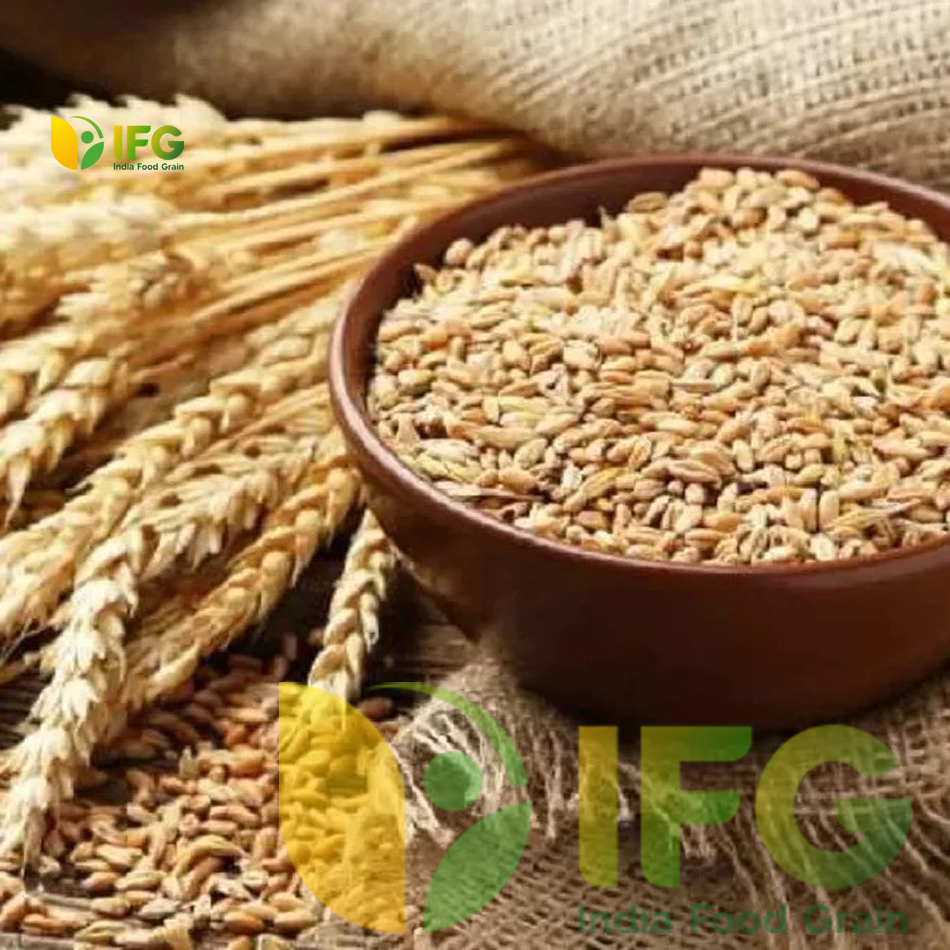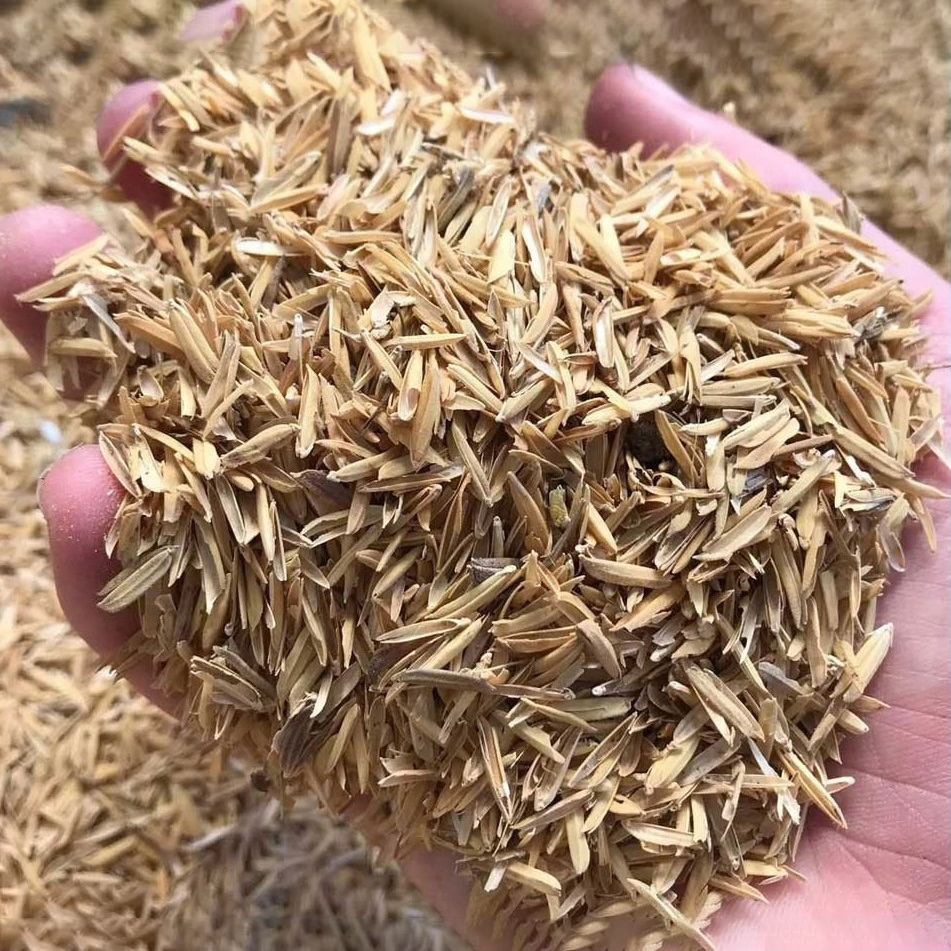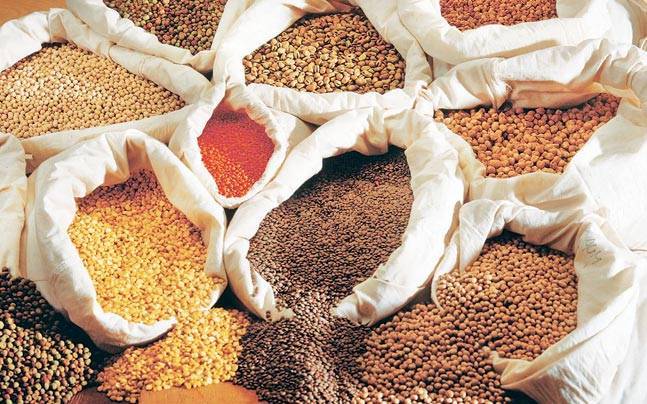Are you looking for a wheat market then India Food Grain is here to provide you with the best quality wheat for your clients. India Food Grain is a kind of organization that trades and deals the food grains throughout the world. It is established in 2015. They supplied the food grains of the best quality in India and other nations. They help in connecting the producers with the grain consumers. They are fair trading and trustworthy organization.
Provides the best quality Wheat and making trust
India Food Grain makes about the nutrition of each individual and provides the grains of the best quality to them. They are registered with 21% growth for their partners at the time of COVID infection. India Food Grain along with its hardworking company strives to spread its branches all over the world. Since 1995, dealing and trading are their family businesses. This kind of art of grains is in their blood for more than 26 years and they work with core competency to crack all the deals. India Food Grain is a kind of sensation that provides the best quality wheat and nourishes each individual by making their trust.
Vision of India Food Grain
- Their vision is based on the influence of trading along with Technology, R&D, Customers Centricity, and Logistics Management. Still, they are following the same vision.
- They worked with their partners without any tiredness and connect with consumers and producers worldwide.
- Their vision is the best part of the infrastructure of their company which is guiding and motivating them to move forward and do new developments.
- They want partners from business to business and they sell more products and earn good wealth with their food grains.
India Food Grain Mission
- Their main mission is to circulate the products worldwide and promote them with sensation to consumers and producers.
- Already, they are trading in 6 countries from their establishment in which India is also included.
- They strive to continue their pace and increase the number of 6 countries to 6 continents.
- They are united with every organization so they their goal in little time.
- They want to deliver their valuable grains to everyone so that no one can be hungry.
- They make their work their top priority.
Vitality and usefulness
Their shop is open from 9:00 AM – 6:00 PM. They provide a discount of 20% if you purchase the wheat from them this month. They deliver their grains according to the convenience of the location and make sure the safety and quality of the grain. They want to nourish the health of every individual with their grain. Wheat is a very important part of a reasonable and balanced crop rotation system that helps in maintaining the vitality and usefulness of their healthy and stable ecology and agricultural land.




